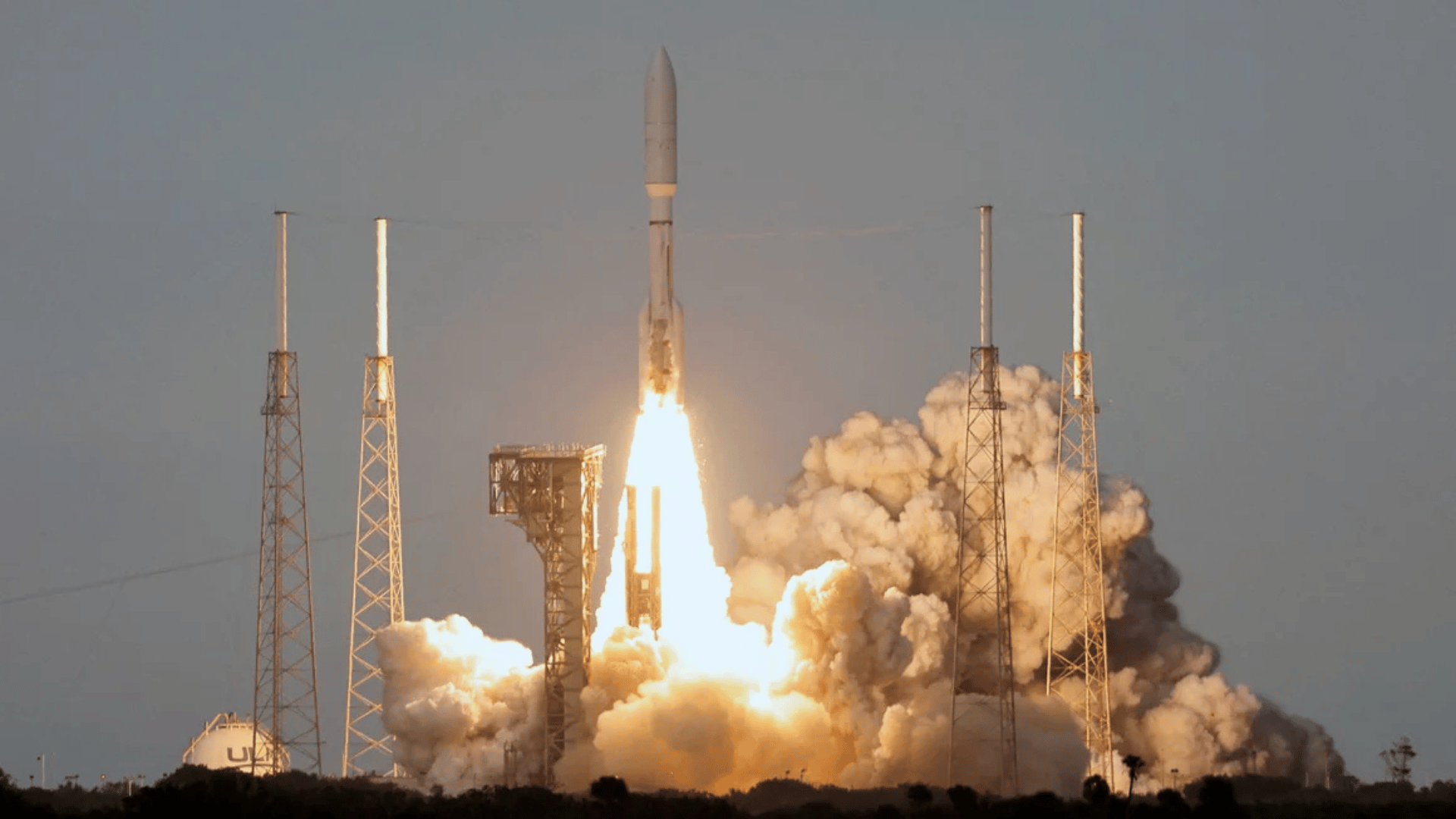Amazon Web Services (AWS) launched its first 27 Kuiper internet satellites on April 28, marking the first round of over 3,200 satellites going into low orbit as part of the first-generation system. It’s the first of the planned 80 launches sending the satellite constellation to space.
Project Kuiper Satellite Constellation

AWS updated the project’s launch page and said:
“On Monday, April 28, ULA successfully launched our KA-01 mission into space. Our team has already established contact with all 27 satellites, and initial deployment and activation sequences are proceeding nominally. We’ll have subsequent updates to share as the mission unfolds.”
The mission, “KA-01” for Kuiper Atlas 1, launched the first full batch of satellites on a United Launch Alliance (ULA) Atlas V rocket. Acting as a “rival” to SpaceX’s subsidiary Starlink, the Kuiper Project promises to deliver internet to “virtually any location on the planet.” According to AWS, the satellites launched on KA-01 are a “significant upgrade” from the two prototypes they tested in 2023.
“We’ve designed some of the most advanced communications satellites ever built, and every launch is an opportunity to add more capacity and coverage to our network,” said Rajeev Badyal, vice president of Project Kuiper.
The satellites were originally supposed to launch on April 9, 2025. However, the weather forced crews to cancel the launch.
“While this is the first step in a much longer journey to launch the rest of our low Earth orbit constellation, it represents an incredible amount of invention and hard work,” Amazon CEO Andy Jassy said on X. “Am really proud of the collective team.”
Low Earth Orbit Satellites
While it’s the first of many planned launches for AWS, the project competes with Starlink. Comparatively, Project Kuiper now has 27 satellites waiting to go online. Starlink, however, has over 7,000 satellites in orbit.
That isn’t slowing AWS down, though. The company said, “Following KA-01, we will continue to increase our production, processing, and deployment rates as we prepare to begin delivering service to customers.”
It’s only the beginning of Project Kuiper’s satellite constellation. However, real estate in orbit is getting crowded, which concerns critics, especially in low orbit. Over 10,000 satellites are in operation in low Earth orbit (LEO), and that number is expected to grow. Starlink alone hopes to expand its satellite constellation to over 40,000 internet satellites.
Now that the first Kuiper mission has launched, AWS is gearing up for the second. “We have already begun shipping and processing satellites for our next mission: KA-02 will also use a ULA Atlas V rocket and launch from Cape Canaveral Space Force Station.”
AWS has yet to announce pricing or plans for its internet constellation services or when services will begin.







